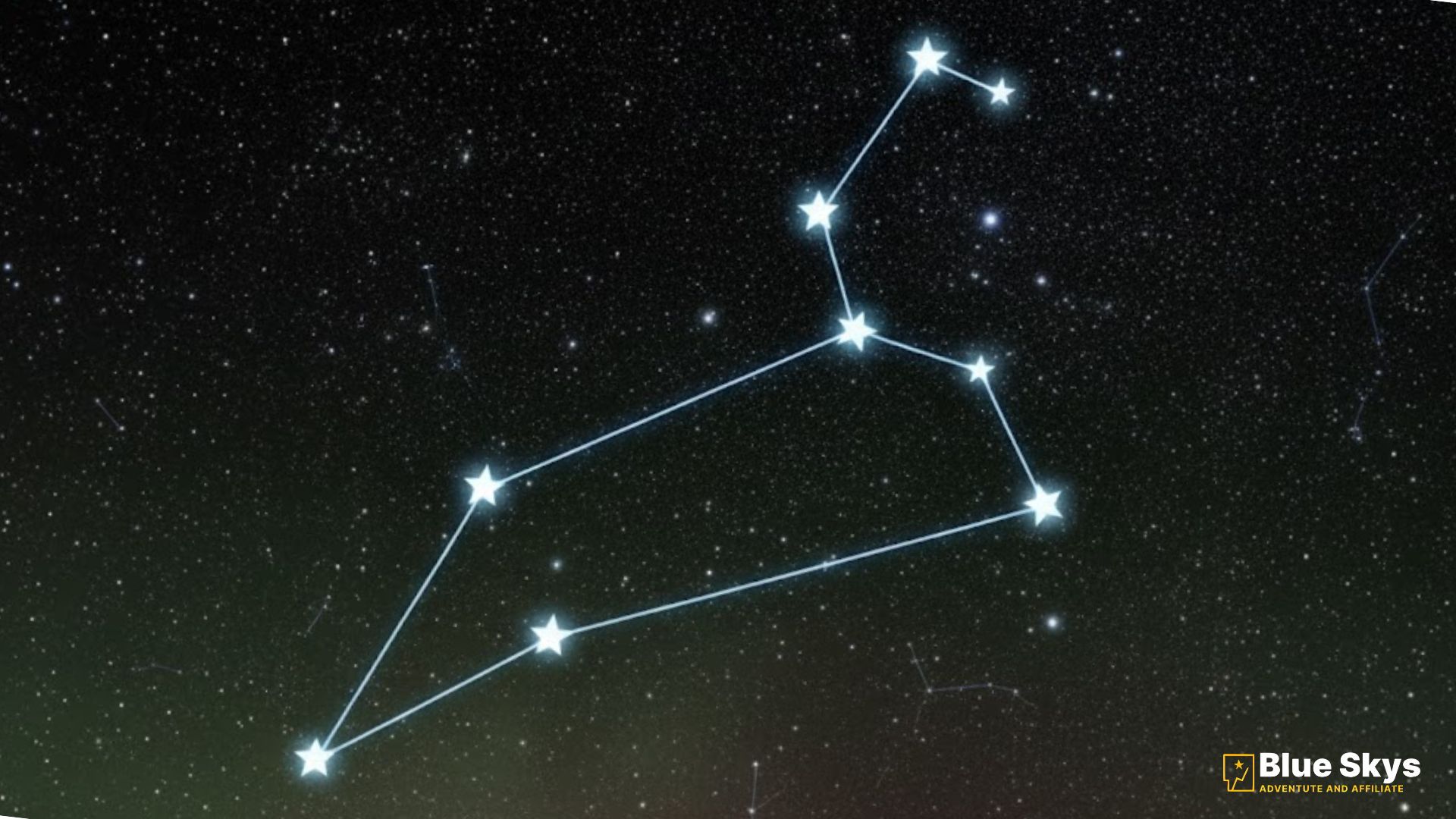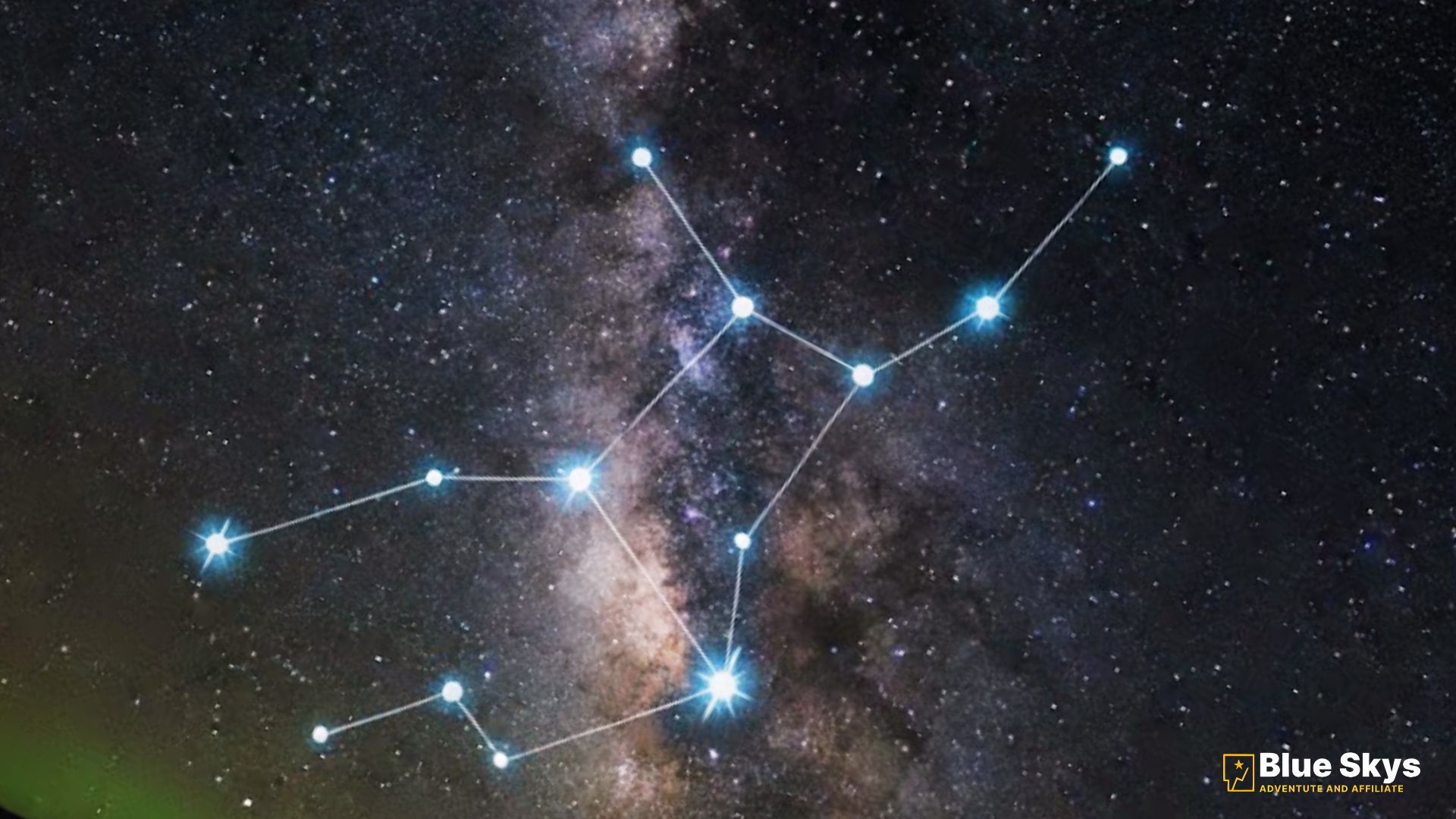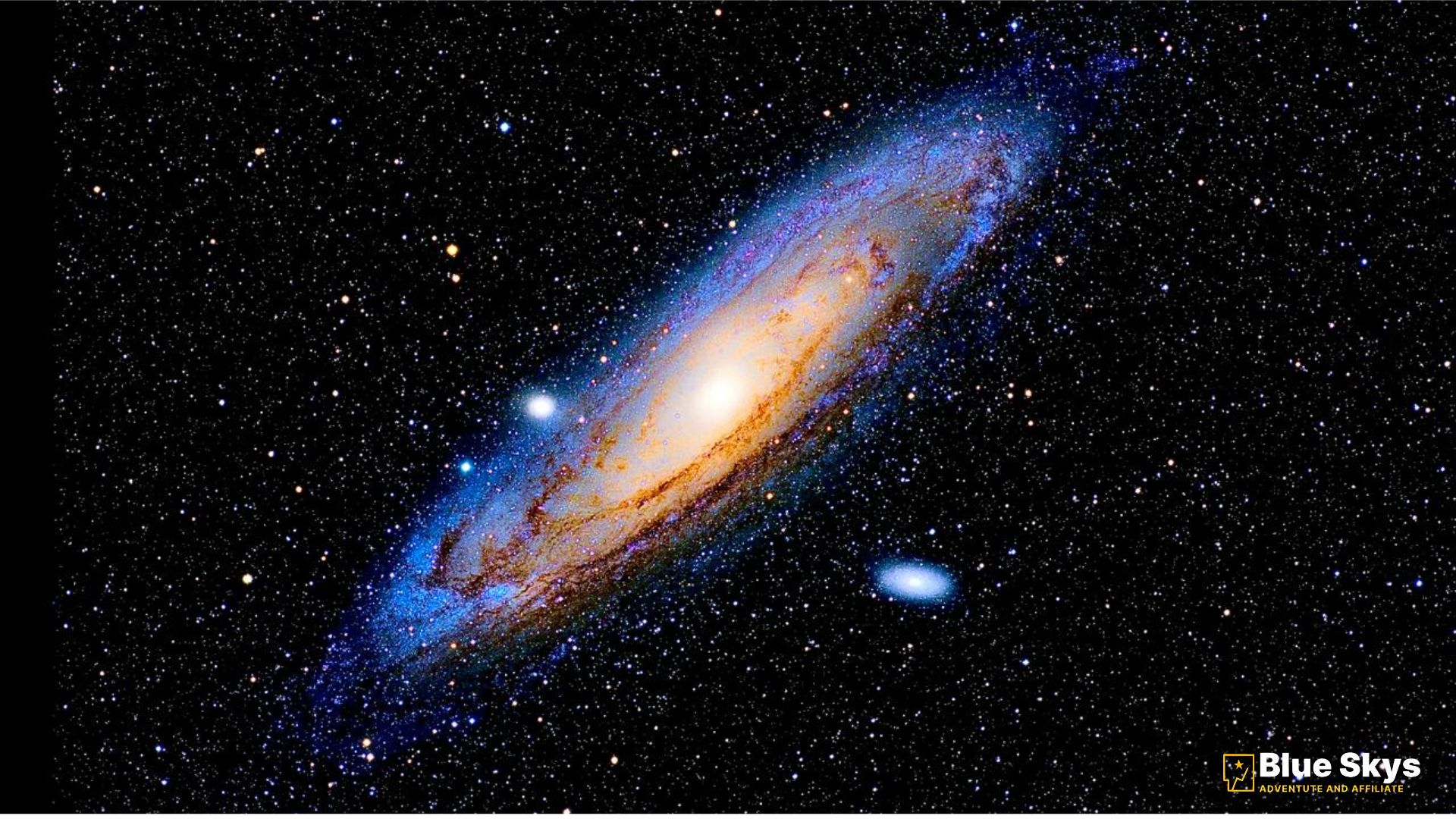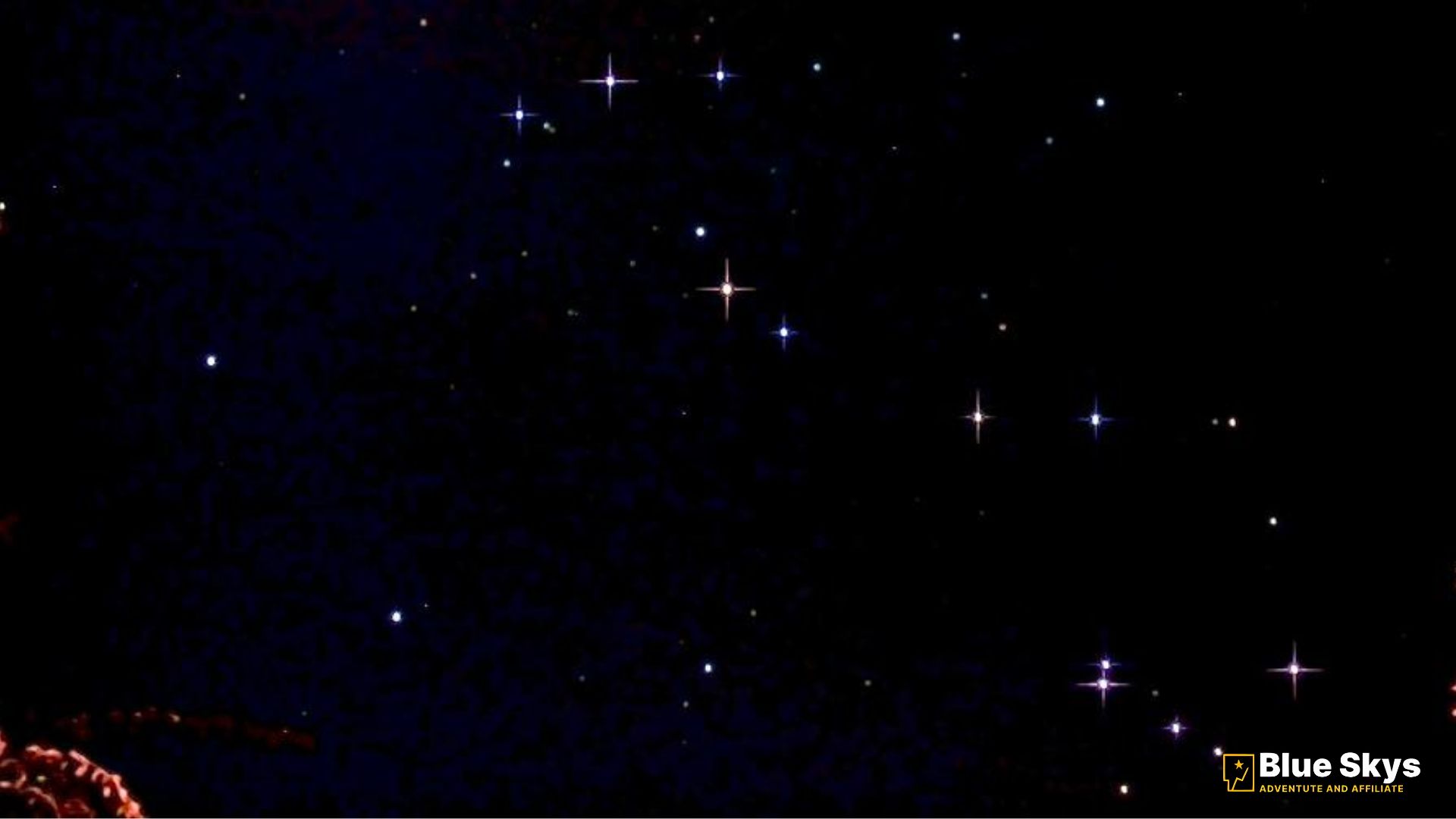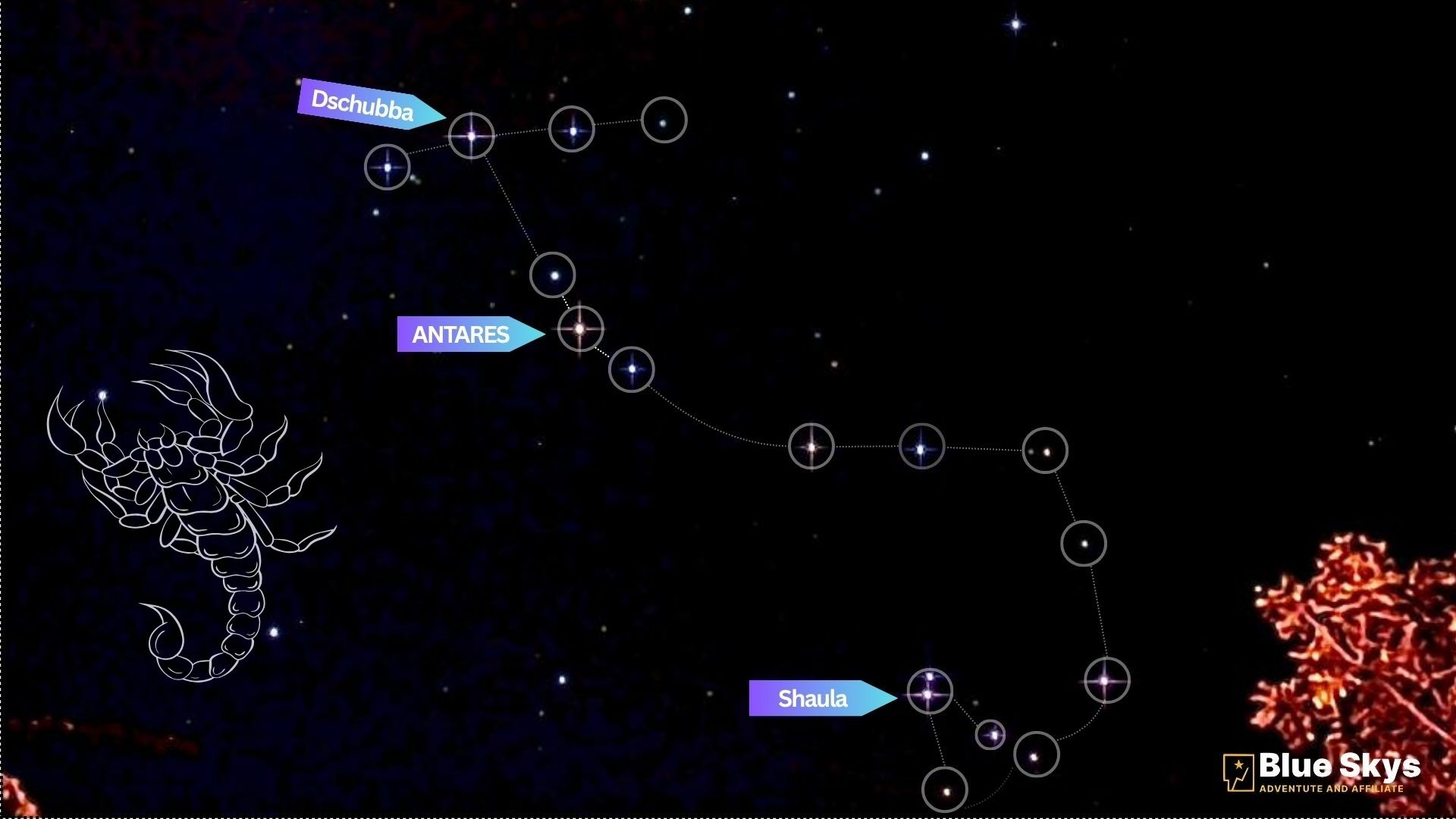Astrophotography is a fascinating hobby that allows you to capture the beauty of the night sky. Whether you’re aiming to photograph stars, planets, or galaxies, it’s important to understand the essential equipment and techniques required to get stunning results. In this guide, we’ll walk you through astrophotography for beginners, provide tips on how to photograph stars, and discuss the astrophotography gear you’ll need in 2025.
What is Astrophotography and Why is it So Popular?
Astrophotography is the art of capturing celestial objects and phenomena in the night sky. With modern technology, it’s now easier than ever for amateurs to take beautiful photos of stars, the Milky Way, and even distant galaxies. This type of photography is growing in popularity due to its breathtaking visuals and the ability to create stunning images that capture the universe’s vastness.
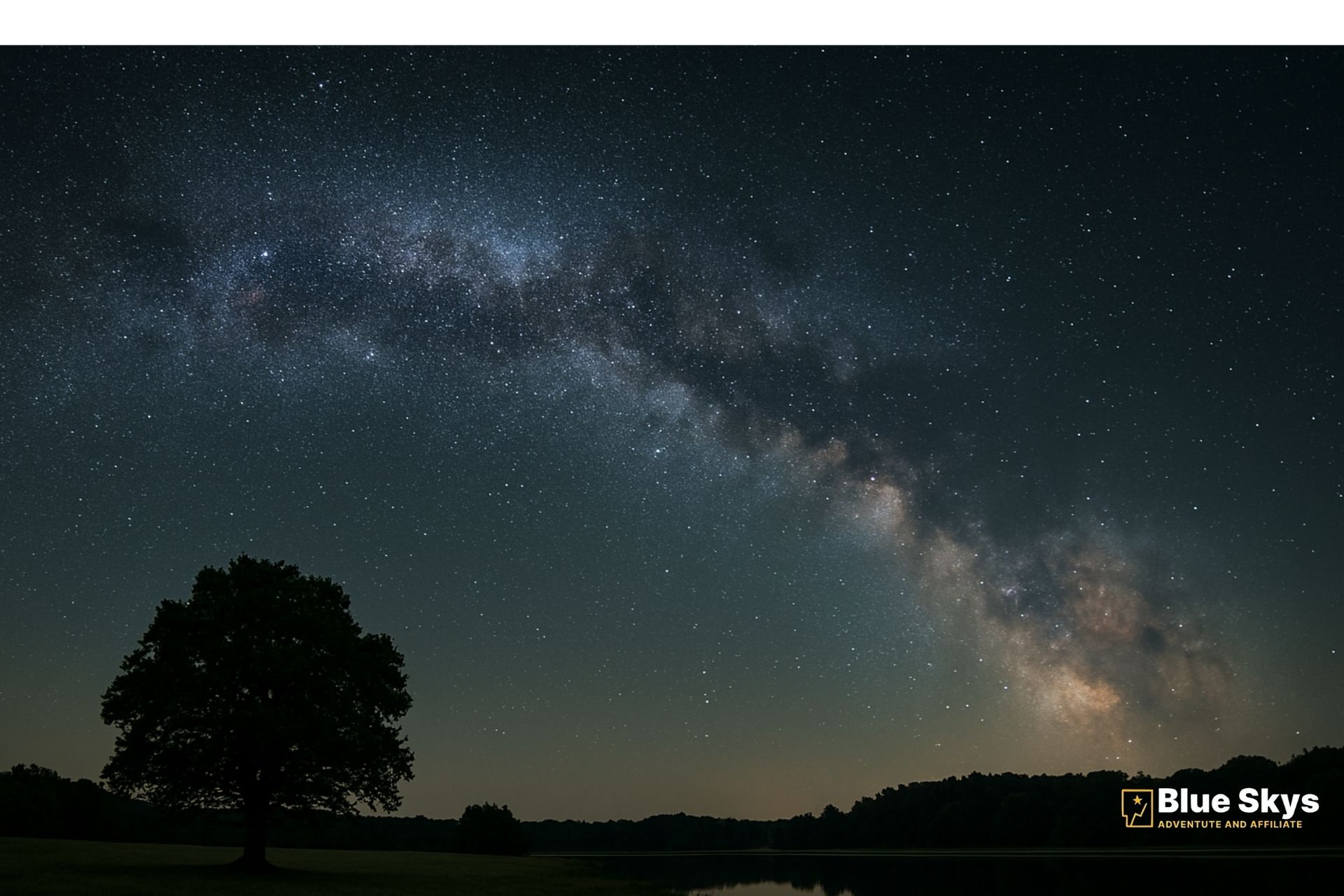
How to Photograph Stars: A Step-by-Step Guide
Capturing the stars can seem challenging, but with the right approach, it becomes an enjoyable experience. Follow these basic steps to start astrophotography:
Choose the Right Location
Find a dark-sky location using tools like LightPollutionMap.info. National parks or rural areas are ideal for astrophotography for beginners. Check for a new moon to avoid moonlight interference.
Use the Right Camera and Settings
A DSLR or mirrorless camera is essential for astrophotography. Set your camera to manual mode, use a wide aperture (f/2.8 or lower), set ISO between 1600-3200, and use a shutter speed of 20-30 seconds (follow the “500 Rule” to avoid star trailing: 500 ÷ focal length = max shutter speed in seconds).
Focus Correctly
Focusing on stars can be tricky. Use live view to magnify a bright star or distant light and adjust the focus manually for sharpness.
Stabilize with a Tripod
A sturdy tripod is crucial to avoid camera shake during long exposures. Ensure your tripod is stable and secure.
Experiment with Long Exposures
Longer exposures capture more light, revealing faint stars and details. Be cautious not to overexpose, which can wash out bright stars.
Essential Astrophotography Gear for 2025
Astrophotography requires specific gear to handle low-light environments and long exposure times. Here’s a list of essential gear for beginners in 2025:
Cameras for Astrophotography
A quality camera is the foundation of great astrophotography. Below is a comparison of top cameras for 2025:
| Camera Model | Type | Megapixels | Sensor Size | Best For | Approx. Price Range |
| Canon EOS R6 Mark II | Mirrorless | 24.2 MP | Full-Frame | Star photography, landscapes | Mid-range |
| Nikon Z6 III | Mirrorless | 24.5 MP | Full-Frame | Low-light, versatile shooting | Mid-range |
| Sony Alpha 7S IV | Mirrorless | 12.1 MP | Full-Frame | Deep-sky, video | High-end |
| Fujifilm X-T5 | Mirrorless | 40.2 MP | APS-C | High-resolution, budget-friendly | Budget |
Notes: Sensor Size: Full-frame sensors capture more light, ideal for low-light astrophotography. APS-C sensors are more budget-friendly but slightly less effective in low light.
Price Range: Check manufacturer websites or retailers like B&H Photo for current pricing.
Lenses for Astrophotography
A wide-angle lens with a large aperture is ideal. Recommended options include:
Canon RF 15-35mm f/2.8L IS USM
Nikon Z 14-24mm f/2.8 S
Sony 14mm f/1.8 GM
Sigma 14mm f/1.8 Art Lens
Ensure the lens is compatible with your camera’s mount (e.g., Canon RF, Nikon Z, Sony E).

Tripods for Stability
A sturdy tripod is essential for long exposures. Popular options include:
- Manfrotto MT055CXPRO3
- Vanguard Alta Pro 2+ 263AB
- Star Trackers (Optional)
For longer exposures without star trailing, consider a star tracker like the Sky-Watcher Star Adventurer or iOptron SkyGuider Pro. These devices move your camera to match the Earth’s rotation, ideal for deep-sky photography.
Filters for Astrophotography
Light pollution filters (e.g., Optolong L-Pro) reduce the impact of city lights, while ND filters are useful for solar or lunar photography. Use filters sparingly to maintain image quality.

Astrophotography Editing Software
Post-processing enhances astrophotography images. Popular software includes:
Adobe Photoshop and Lightroom (for brightness, contrast, and sharpness adjustments)
DeepSkyStacker or Sequator (free tools for stacking images to reduce noise)
GIMP (a free alternative for budget-conscious beginners)

Tips for Post-Processing Astrophotography Photos
Reduce Noise: Use noise reduction tools to eliminate graininess in long-exposure photos.
Enhance the Milky Way: Increase contrast to make stars and the Milky Way stand out.
Adjust White Balance: Achieve a natural sky tone by adjusting for cool blue hues.
Stack Images: Combine multiple exposures using software like DeepSkyStacker to improve clarity and reduce noise.
Common Beginner Mistakes to Avoid
Overexposing Stars: Use the “500 Rule” to prevent star trailing and avoid overly bright exposures.
In-Camera Noise Reduction: Turn this off for long exposures to preserve star detail.
Ignoring Moon Phases: Shoot during a new moon for darker skies and better star visibility.
Engage with Other Astrophotographers
Join communities like Reddit’s r/astrophotography or follow #astrophotography on X to share photos, get feedback, and learn. Websites like Astropix.com offer tutorials and resources to improve your skills.
Conclusion: Capturing the Universe with Astrophotography
Astrophotography is a rewarding hobby that lets you capture the wonders of the night sky. By selecting the right gear, mastering techniques like focusing and exposure, and learning post-processing, you’ll create stunning images. Keep practicing, avoid common mistakes, and connect with the astrophotography community for inspiration. Happy shooting!
